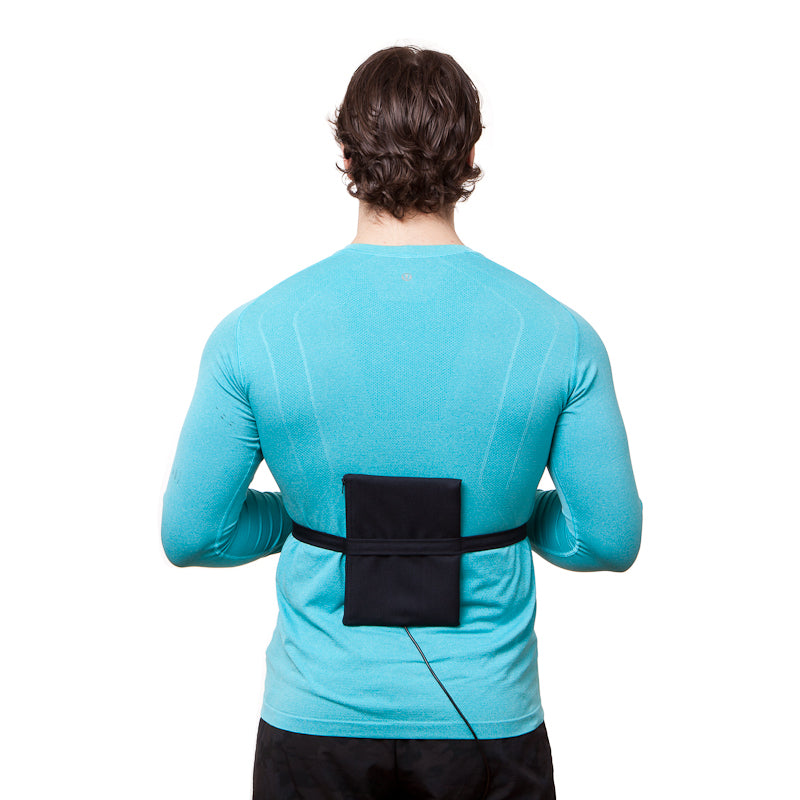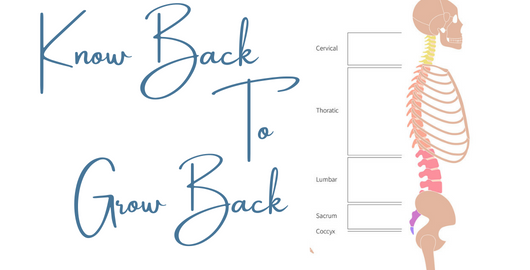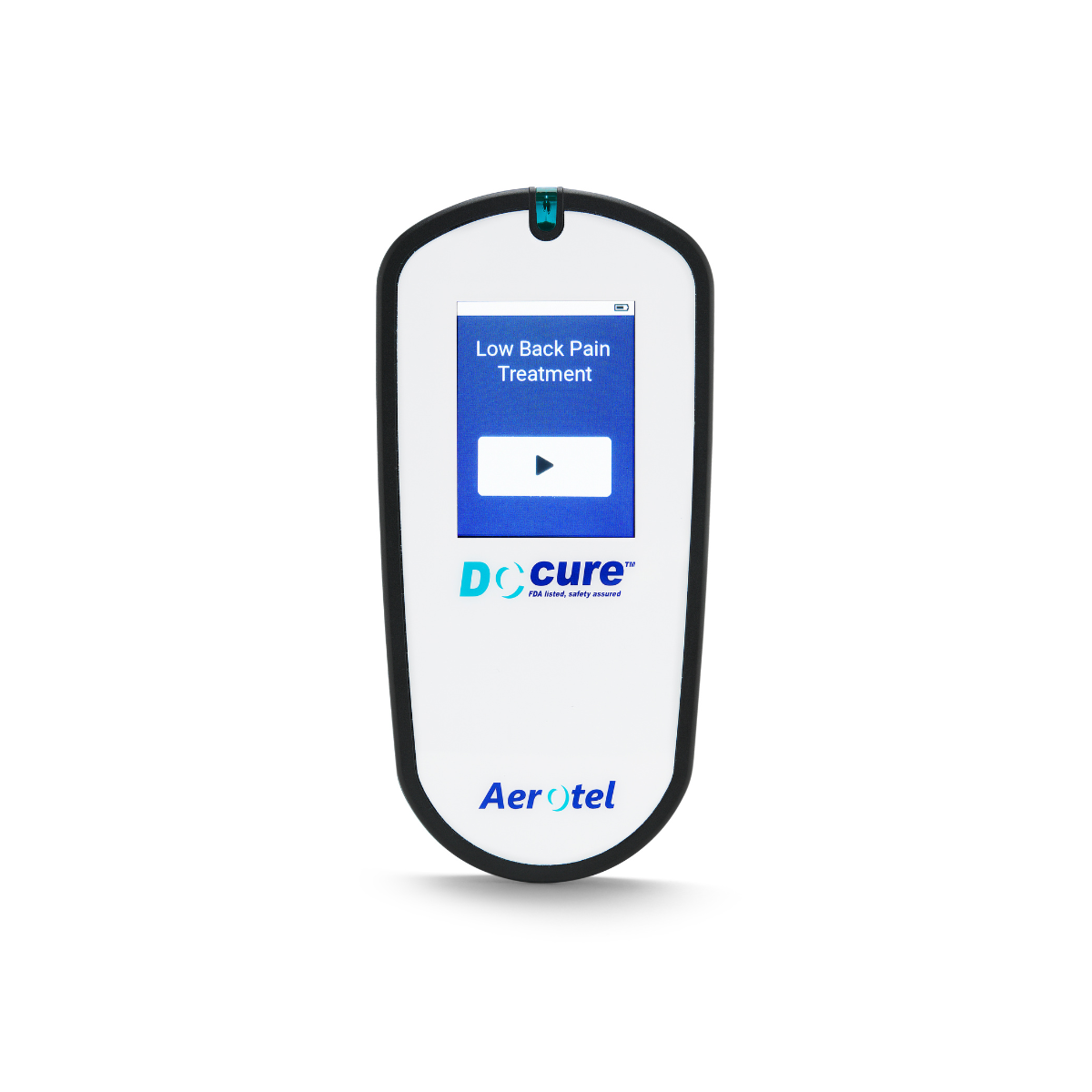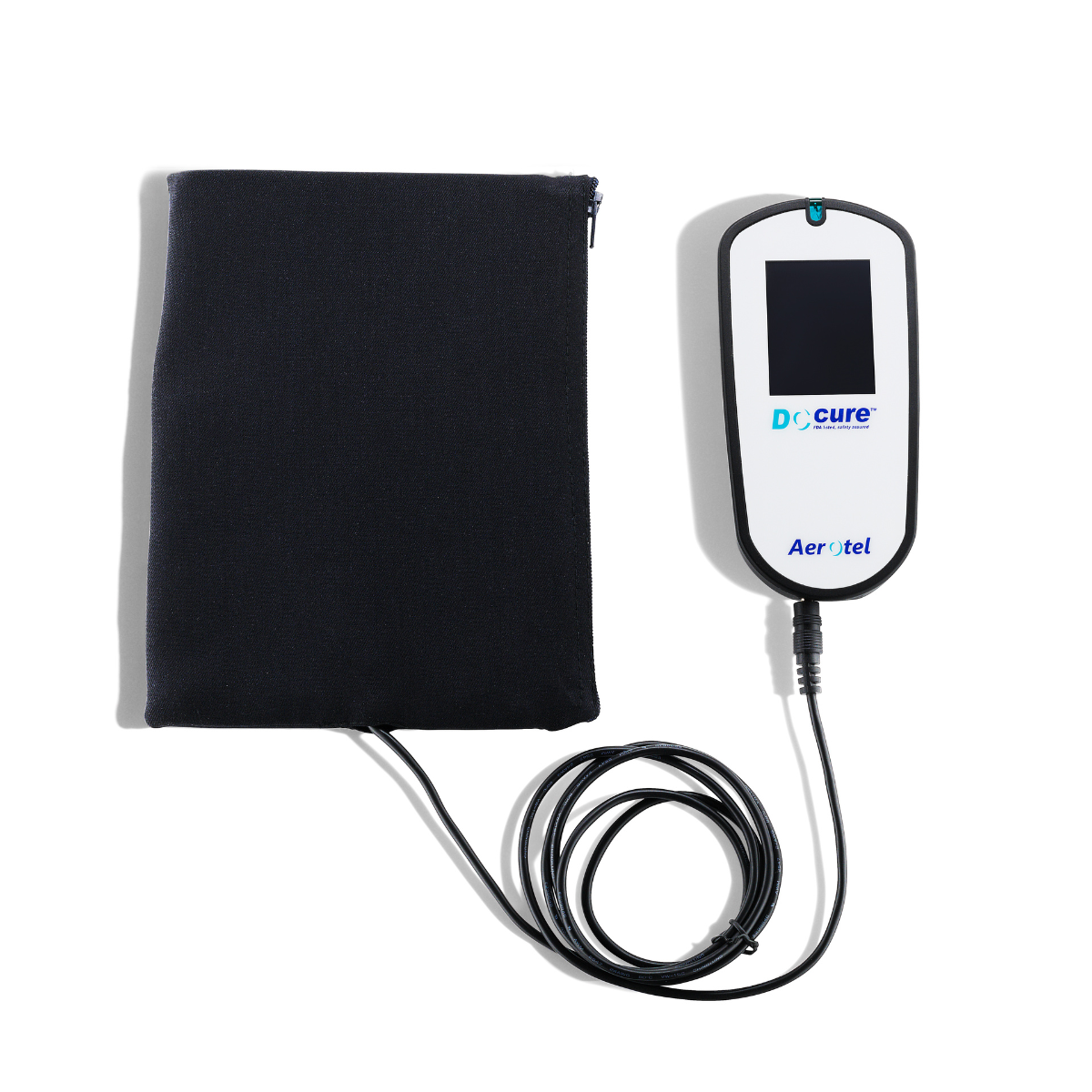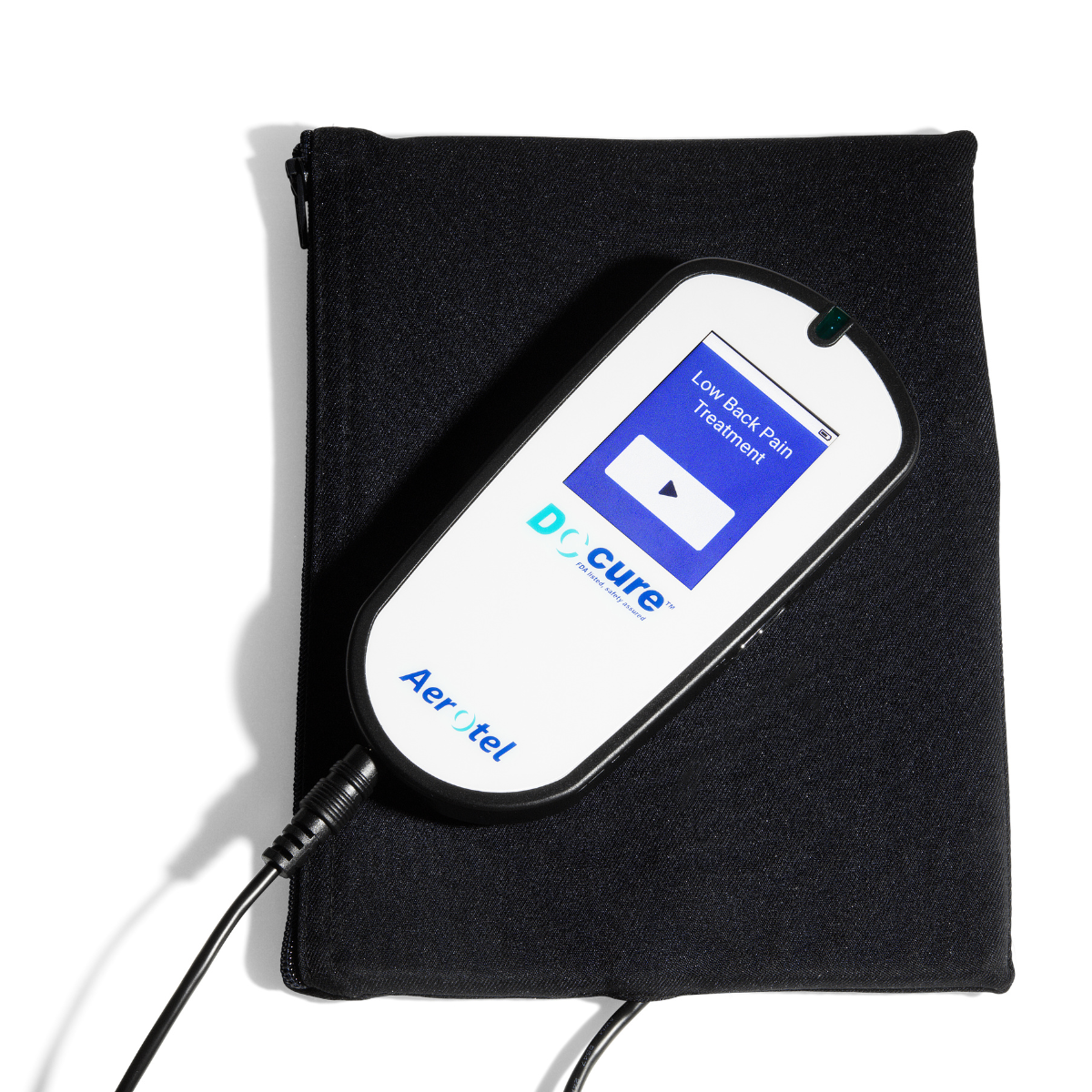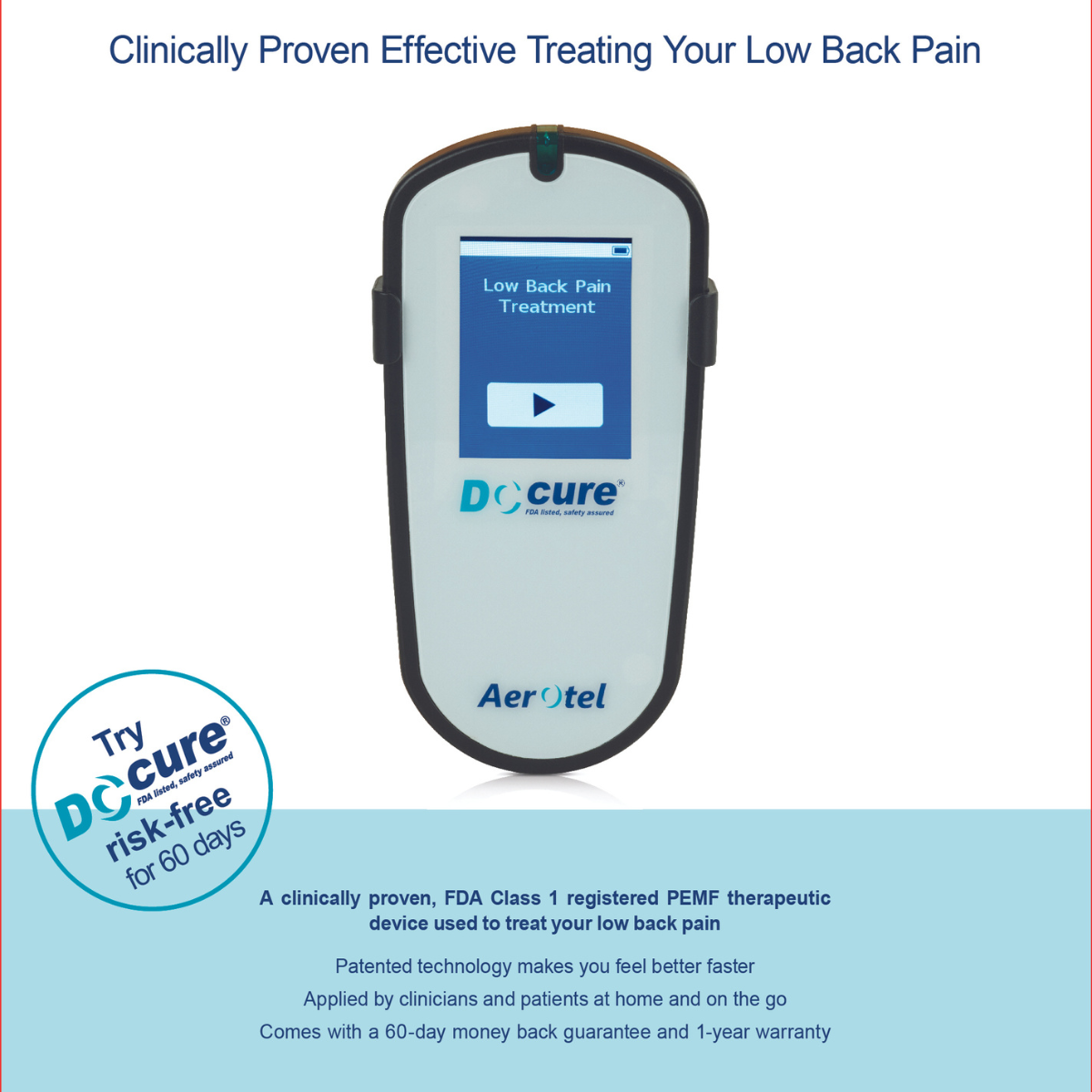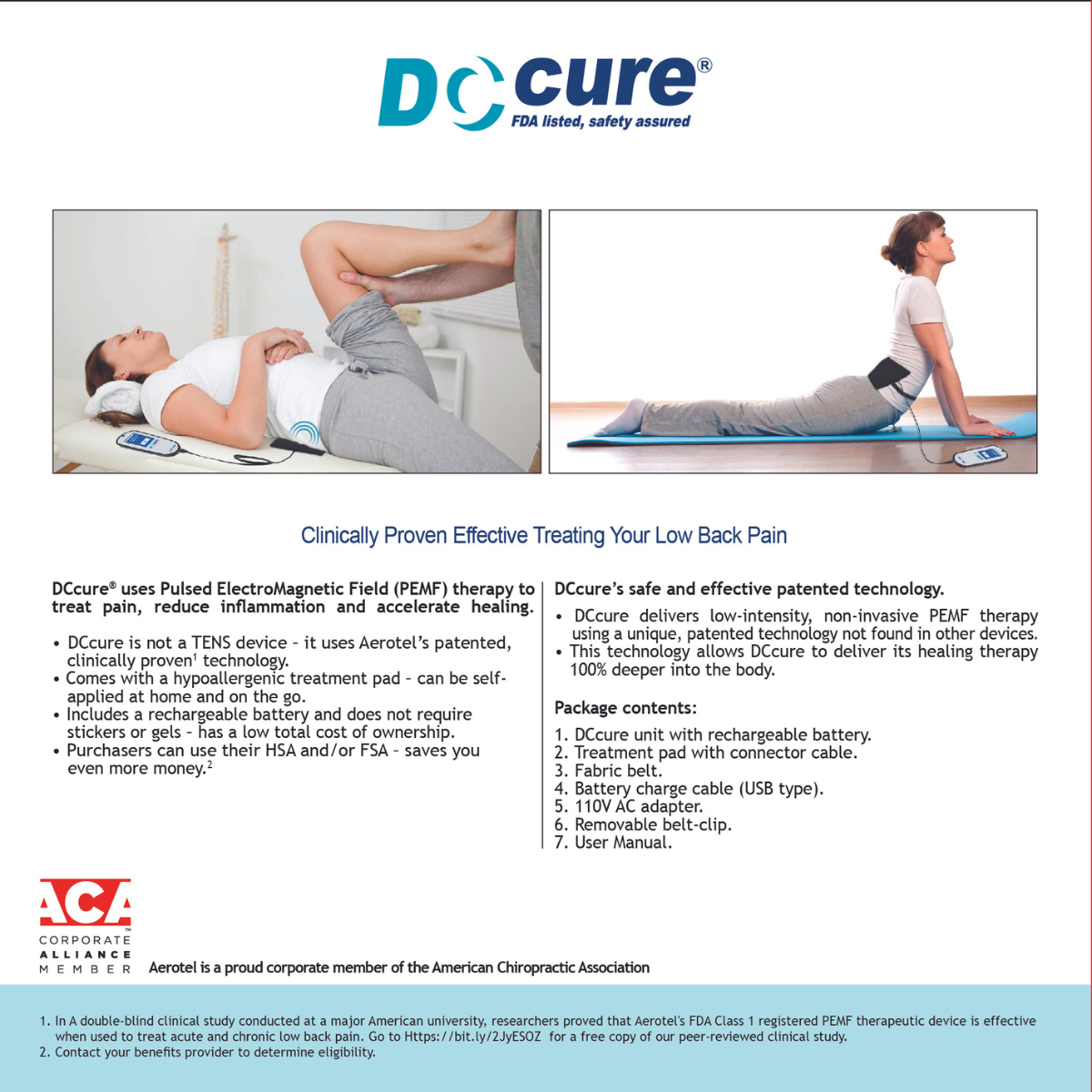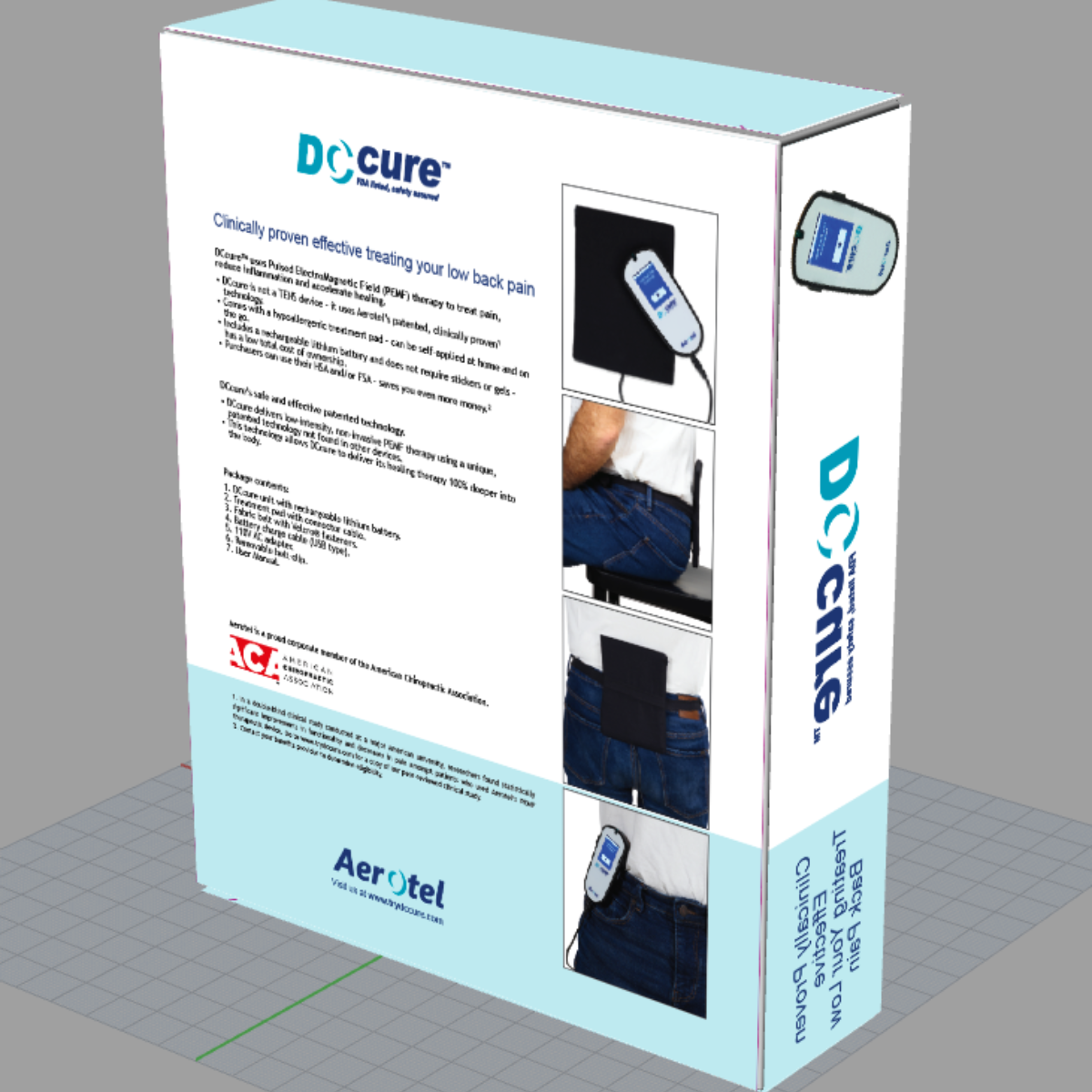Back pain is a common concern worldwide. Only in the United States, it affects almost 13% of patients of all ages and 25.6% of 80-84 years of age. According to the very recent systemic review published in 2021 about the incidence, prevalence, costs, activity, and work limitations of back pain, back pain and osteoarthritis are the most prevalent conditions in the United States. The back pain prevalence among adults was 33.9% in the past three months, contributing to about $365 billion in medical costs. Despite the high prevalence of back pain, numerous conventional therapies are used for this problem, but only a few are supported by strong clinical evidence. The limited evidence about the safety and efficacy of conventional therapies for back pain has contributed to a very high level of patient dissatisfaction. Thus alternative therapies are being used for back pain treatment.
In this blog, I have tried to provide a clear and balanced understanding of the current evidence about the efficacy and safety of conventional and alternative therapies commonly used for back pain.
What is back pain?
Back pain is a symptom, not a disease, due to an injury to the back muscles, joints, ligaments, or discs. Any damage to these structures releases chemicals and leads to inflammation, swelling, and painful sensation.
Back pain is a very unpleasant sensation that you may feel in your back region anywhere from top to bottom, and it may also radiate to your thighs or legs.
The back is a remarkably well-engineered structure composed of interconnecting bones, ligaments, joints, nerves, and muscles. It provides you with support, flexibility, strength, and posture. That’s why pain in your back disturbs you a lot. Your quality of life is compromised, which leads to work absenteeism and disability.
What is Low-Cost PEMF Device?
Back pain is frequently classified based on the duration of symptoms.
1. Acute back pain Pain in the back region lasting for less than four weeks is called acute back pain.2. Subacute back pain If the duration of back pain is between 04 to 12 weeks, it is called sub-acute back pain.
3. Chronic back pain It is called chronic back pain if the pain in the back region doesn’t relieve in three months, and the duration prolongs for more than 12 weeks.
4. Non-specific back pain Most of the time, finding the exact reason for back pain is challenging. If the underlying cause is unknown, we call it non-specific back pain.
Back pain treatment
The treatment of your back pain is different from the non–low back musculoskeletal pain and depends on the underlying cause. It is much more difficult for you to understand the exact reason behind your back pain.
Your clinician will take a thorough medical history. He will examine you physically and discuss your symptoms. He may also recommend you some basic diagnostic tests like an x-ray. Once your doctor reaches an accurate diagnosis for your back pain, he will prescribe you an effective treatment plan to follow.
What does the American College of Physicians (ACP) recommend you do?
The American College of Physicians (ACP) has established separate clinical guidelines for low back pain and non–low back, musculoskeletal pain. According to the very recent guidelines published in April 2017, the American College of Physicians (ACP) recommends:
- Acute or subacute low back pain: It usually gets better over time without any medications. Patients can discuss other treatment options with their doctors like heat, spinal manipulation, massage therapy, etc. If pain is not relieved, the second option is medicines like analgesics or muscle relaxants.
- Chronic low back pain: Patients should try alternative treatment options like exercise, rehabilitation, acupuncture, massage therapy, etc., before taking medicines. If these non-medicine options don’t work, you should discuss medications like pain killers, muscle relaxants, etc., with your doctor.
Efficacy and safety of conventional therapies for back pain
Conventional therapies commonly used for back pain treatment are over-the-counter analgesics, muscle relaxants, opioids, and anti-depressants. These are not recommended as a first-line option to relieve your back pain whether it is acute, subacute, or chronic.
- Efficacy: Conventional pharmacological therapies are effective in relieving your back pain. But due to the possible side effects, these are reserved for the patients not getting relieved with alternative treatments.
- Safety: Commonly used over-the-counter pain killer medicines have side effects like blood disorders, low blood glucose levels, and toxicity to the kidneys or liver (when overdosed). Smooth muscle relaxants are sedative, and opioids are addictive in the long term.
Efficacy and safety of alternative therapies for back pain
- Exercise: No clear benefit in acute or subacute back pain. Slight improvement and pain relief in chronic back pain. The possible side effects are muscle soreness and increased pain. No severe harm is reported.
- Acupuncture: Small decrease in pain intensity in acute or subacute back pain. Moderately lowers pain intensity and improves function in chronic back pain. No side effects were reported.
-
Massage: Moderate short-term pain relief for patients with subacute to chronic low back pain. The possible side effect is soreness during or after the massage therapy.
-
Spinal manipulation: No difference in pain relief in the short term, but better long-term pain relief. Spinal manipulation may lead to muscle soreness or transient increases in pain intensity.
-
Superficial heat: Moderately improved back pain and function in acute back pain. Not effective for chronic back pain. Increased risk for skin flushing with superficial heat.
-
Lumbar support: No clear benefit in acute or subacute back pain. No side effects were reported.
-
Yoga: No clear benefit in acute or subacute back pain. A slight decrease in pain intensity for patients with chronic back pain. No apparent side effects.
-
Psychological Therapies: No benefit in acute or subacute back pain. But an effective treatment option for chronic low back pain. Don’t have side effects.
-
Transcutaneous electrical nerve stimulation (TENS): No improvement in pain intensity in the short term. TENS was associated with an increased risk for skin reaction.
-
Pulsed electromagnetic field (PEMF) therapy: Effective in both acute and chronic back pain. No side effects were seen in the clinical trials.
Low-cost PEMF device offers safe and effective relief for back pain
Back pain treatment
The treatment of your back pain is different from the non–low back musculoskeletal pain and depends on the underlying cause. It is much more difficult for you to understand the exact reason behind your back pain.
Your clinician will take a thorough medical history. He will examine you physically and discuss your symptoms. He may also recommend you some basic diagnostic tests like an x-ray. Once your doctor reaches an accurate diagnosis for your back pain, he will prescribe you an effective treatment plan to follow.
DCcure, Clinician’s recommended safe and effective PEMF device for back pain
DCcure is a portable, FDA Class 1 listed, non-thermal PEMF device for back pain. Due to these characteristics, DCcure is a clinician’s first choice as a PEMF therapy for back pain patients.
